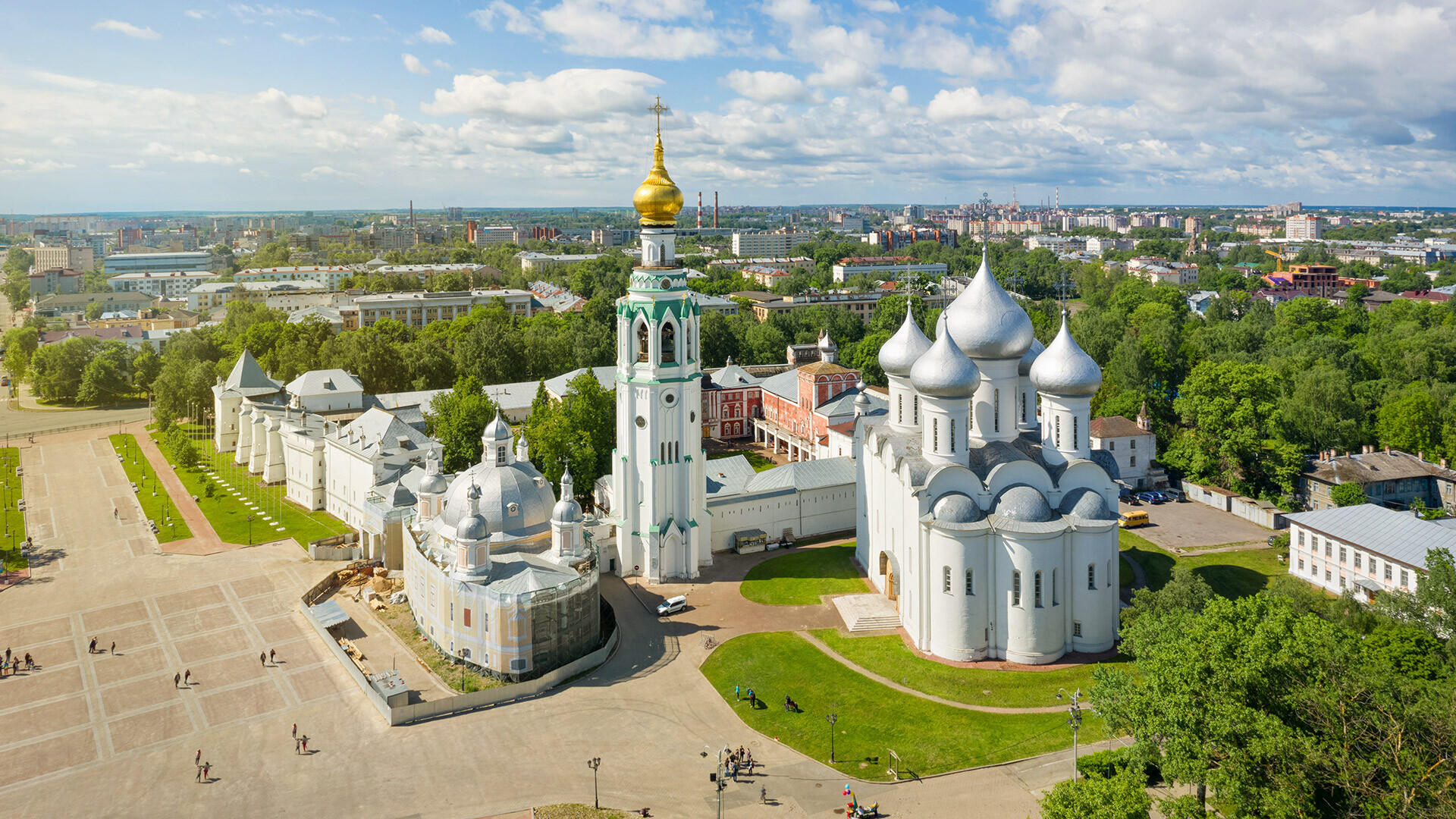
Panoramic aerial view of Vologda Kremlin.
Getty ImagesThe very concept of the ‘Russian North’ first appeared at the end of the 19th century in the writings of an Arkhangelsk governor, who used it to describe the common culture of the people living in the northwest of Russia. For the most part, the civilization was created by descendants of the Pomors, fishermen, who lived in these harsh locations several centuries ago.
The people of the Russian Northern cherish their traditions, have a similar manner of speaking, a similar cuisine and their own unique crafts.
The territory of the Russian North is considered to be delineated by the coast of the Barents and White seas, as well as the shores of the rivers Northern Dvina, Onega, Sheksna and Pechora. On today's maps, it will include the entirety of Vologda Region, almost the whole of Arkhangelsk Region, Murmansk Region, the republics of Karelia and Komi and the Nenets Autonomous Area (in the Russian Empire, these areas were part of the Arkhangelsk Governorate), as well as part of Kirov Region. Some scholars also include part of Perm Territory. Below we’ve listed the main towns and cities that have preserved the atmosphere of the Russian North.
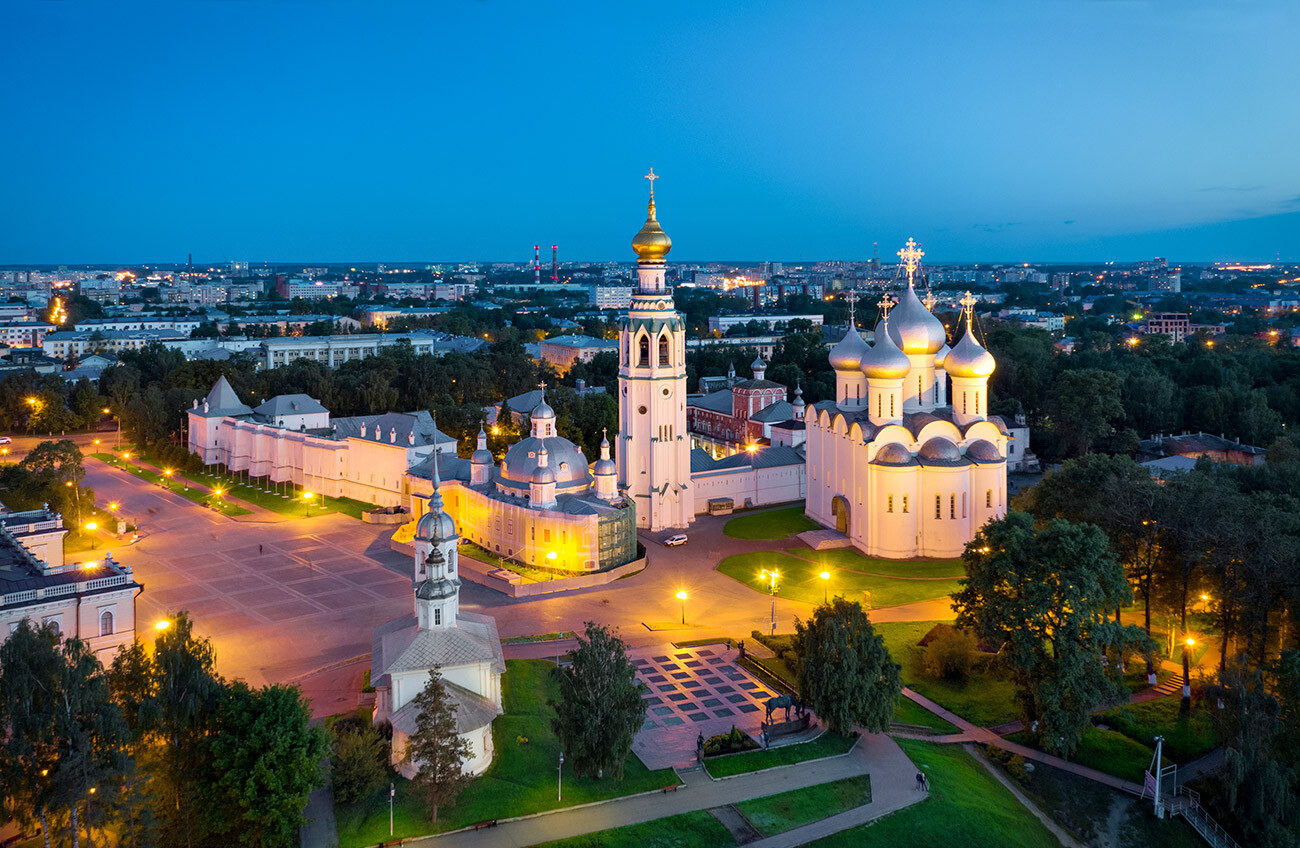
The journey through the Russian North begins in Vologda, its soul and unofficial "capital". Just like Moscow, Vologda was first mentioned in 1147. Historically, Vologda was an important transport hub for trade with England.
The city is famous for its 16th-century white stone kremlin, wooden houses with carved window surrounds, icon painting and, of course, its lace making. Vologda even has a monument to the letter ‘o’ made out of metal "lacework". But why ‘o’? Because the northern dialect is distinguished by its "okanie" (pronunciation of unstressed ‘o’ as ‘o’ rather than ‘a’).

Sukhona embankment with Cathedral Court of Veliky Ustyug as seen from Dymkovo village.
Getty ImagesVologda Region has a large number of ancient towns and settlements each of which is worth a visit. The one that particularly stands out is Veliky Ustyug. It is as old as Vologda and its fairs at the time of Ivan the Terrible rivaled Moscow's. And all because of its favorable position: Two rivers – the Sukhona and the Yug – converge (‘Ust-Yug’ literally means the "estuary of the River Yug"), along which there is fast access to the Northern Dvina and then the White Sea.
Veliky Ustyug was also famous for its craftsmen: It is the birthplace of the "frost on tin" decorative technique, Shemogodskaya birch bark carving, Northern niello work on silver and many other crafts that won't be found anywhere else.
And, today, Veliky Ustyug is also one of the most popular tourist destinations in winter, since the official residence of ‘Ded Moroz’ (‘Grandfather Frost’) is located there.

Before the construction of St. Petersburg, Arkhangelsk was Russia's main trading and cultural "window onto Europe". The main cargoes from the West to Siberia and Central Russia and vice versa passed through the city's port. The official year of the foundation of Arkhangelsk is considered to be 1584, although there had been settlements there earlier, predominantly Pomor villages. Because of this, the city is regarded as the capital of Pomorye.
Many old wooden merchant houses have survived in the central streets. Today, they, by and large, house museums and souvenir stores. There are also trendy restaurants that serve traditional Pomor dishes in a contemporary interpretation. The most popular place among local residents is the embankment of the River Dvina, which is where the history of the city began.
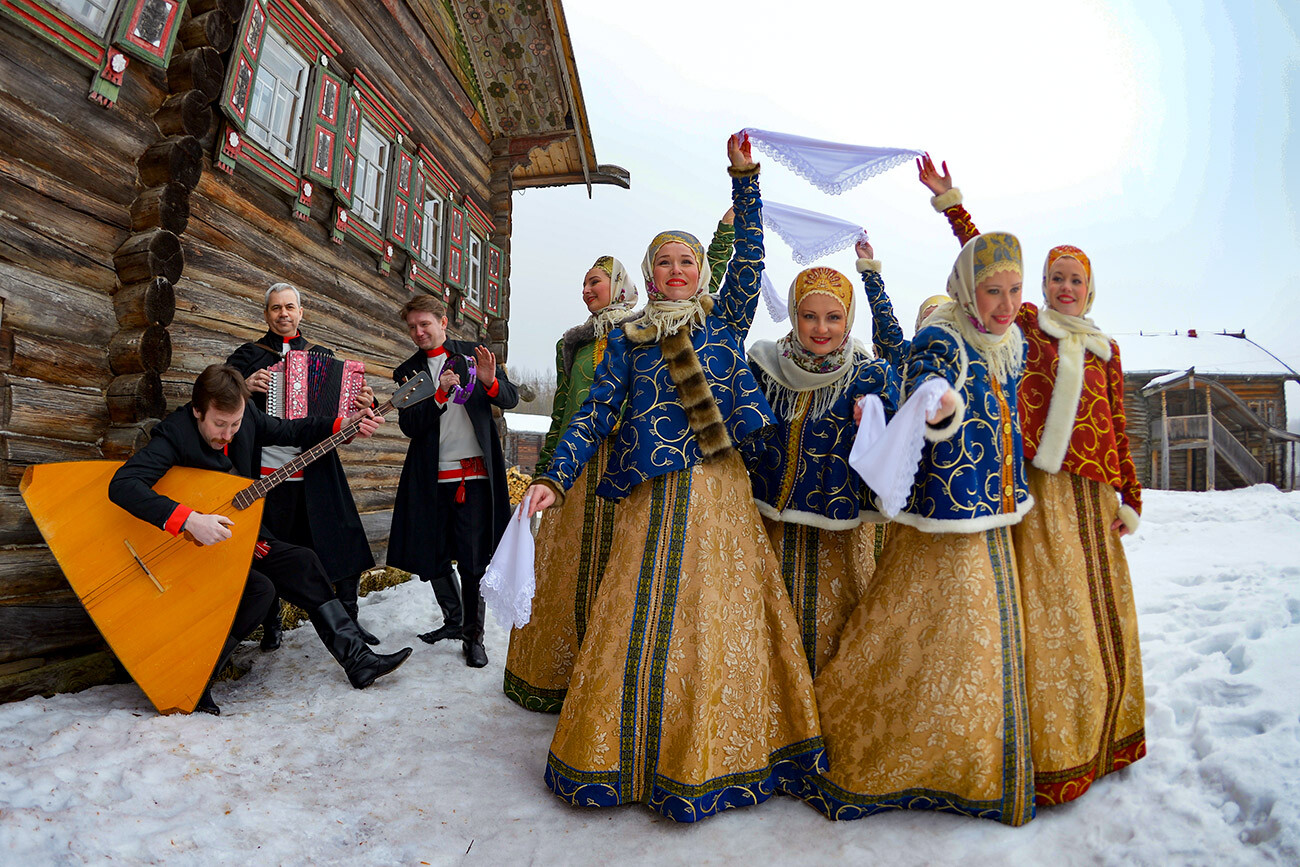
At the Malye Korely museum.
Vladimir Trefilov/SputnikWooden Pomor houses and giant windmills can also be seen in the ‘Malye Korely’ open-air museum, located several kilometers from Arkhangelsk.
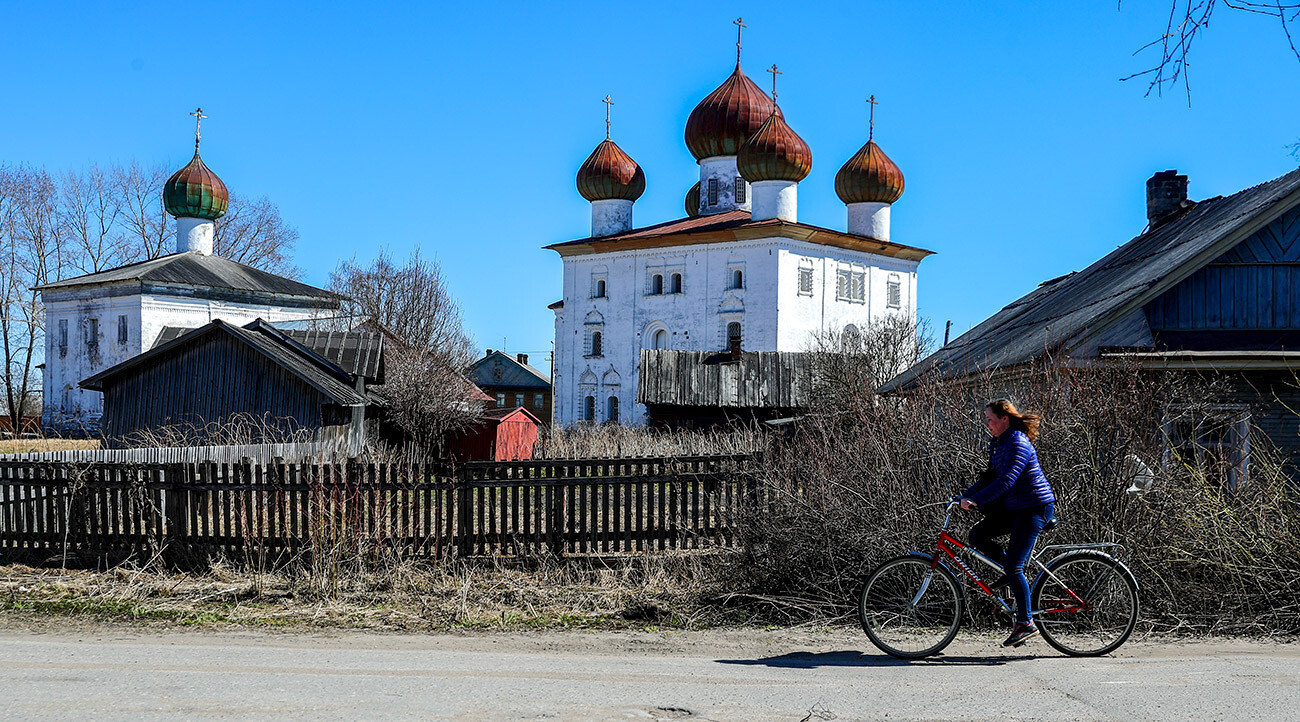
This small provincial town in the south of Arkhangelsk Region was already populated in the 12th century. It is situated on the shores of one of the principal Northern rivers, the Onega, which flows directly into the White Sea. Kargopol is celebrated not just for its iconic wooden houses, but also for the painted clay toy figures that are made there. Local craftsmen make dishes and figures depicting people and animals with an unusual style of decoration out of the local red clay.

Kandalaksha, one of the oldest Pomor settlements on the White Sea, was founded as long ago as 1526 and is one of Russia's largest cities inside the Arctic Circle (67°09′). Today, it is an industrial city with an aluminum smelter, a sawmill plant and a maritime port. The center of Kandalaksha has Soviet and contemporary buildings, but you only need to take a stroll along the shores of the White Sea to see the real Pomorye. From fall to spring, the Northern Lights can be observed from Kandalaksha.
Also in the locality are ancient stone labyrinths, the original purpose of which remains shrouded in mystery.
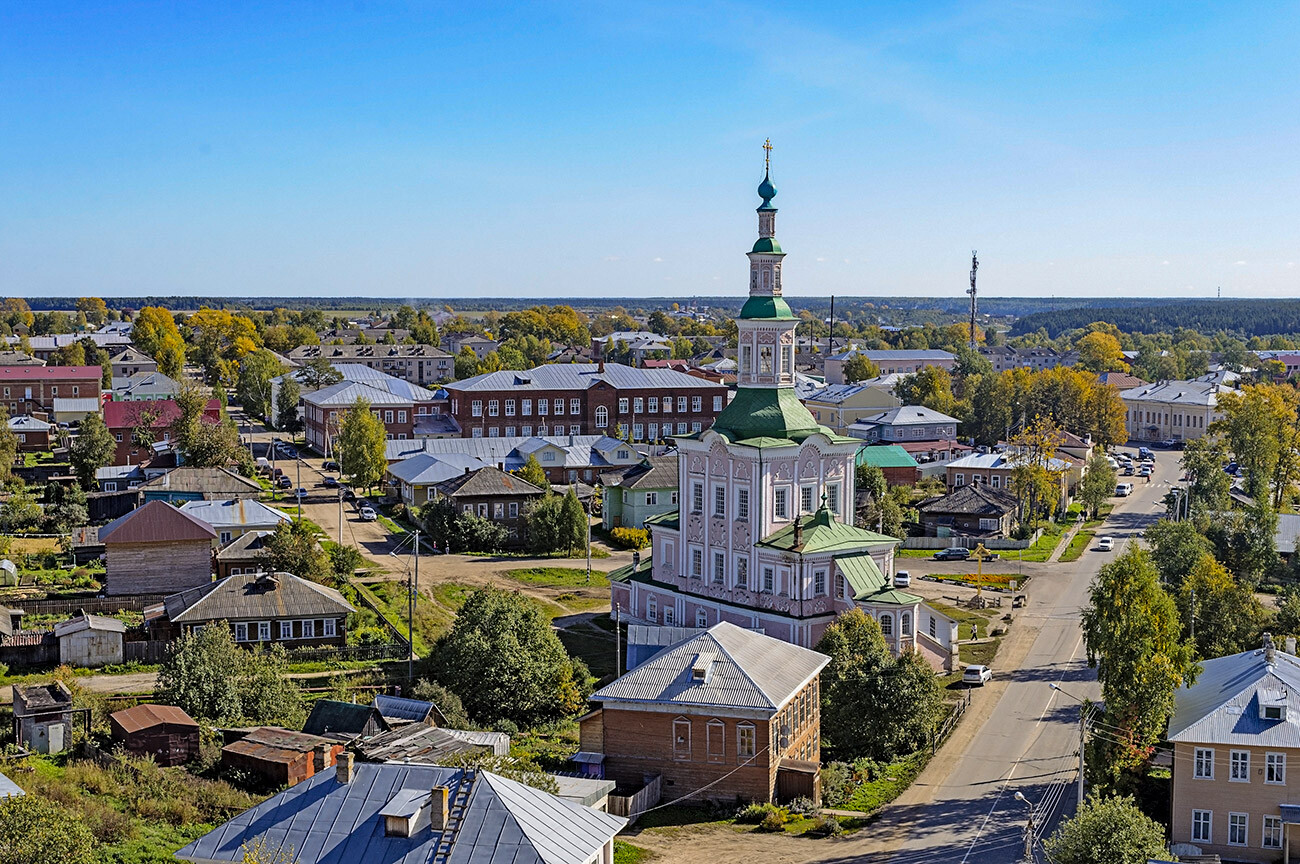
By modern standards, Totma, founded in 1137, is the back of beyond. It's a four-hour trip to get to Vologda! But, the extraordinary thing is there are huge churches there built in the ‘Totma Baroque’ style and decorated with lacelike stone ornamentation. Totma was the hometown of trader Ivan Kuskov, who, in 1808, led a maritime expedition to the shores of America and founded Fort Ross in California. That is why the town has the tradition of marking ‘Russian America Day’ each summer.
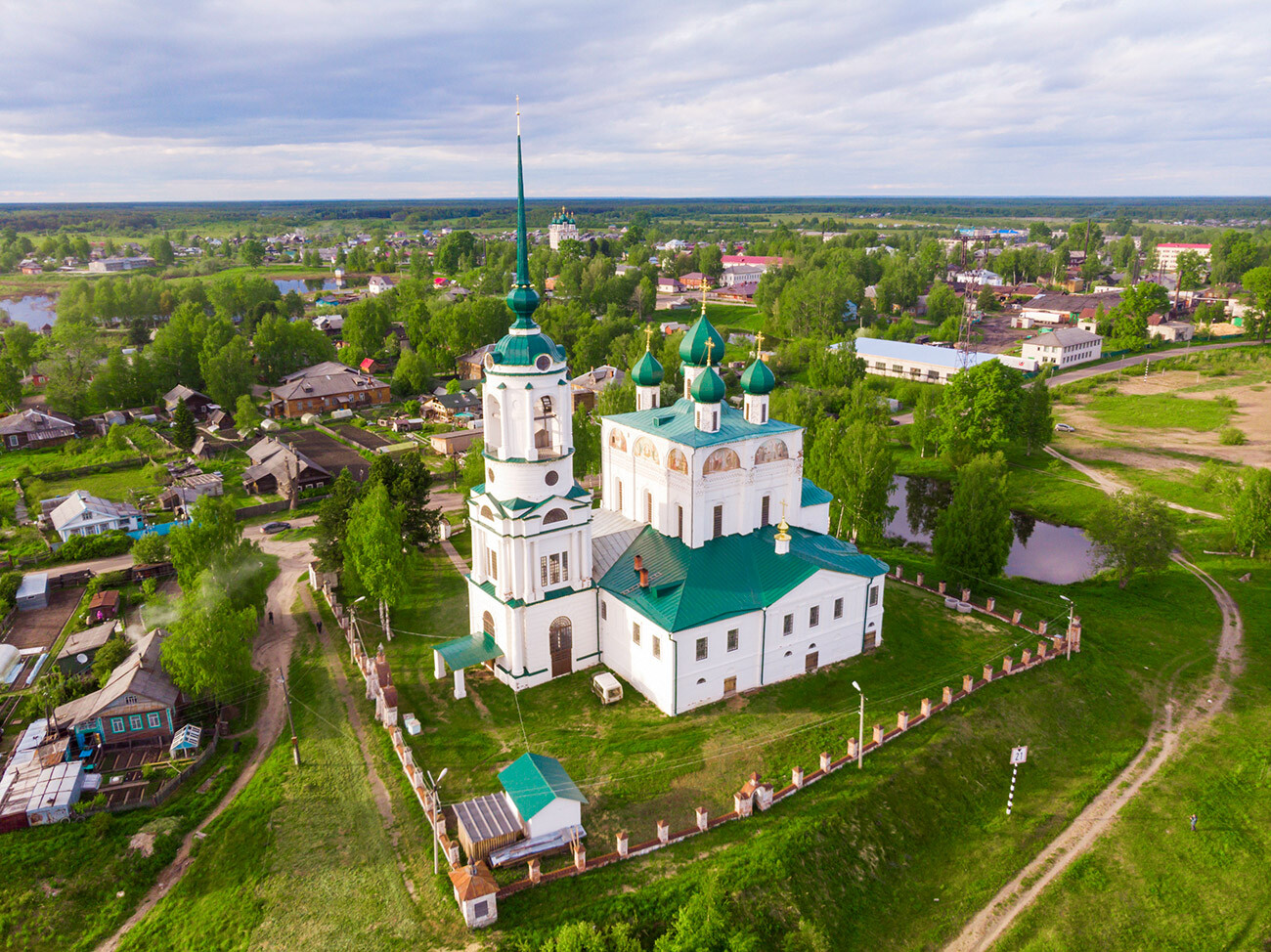
For us today, salt is the most commonplace of commodities. But, just a few centuries ago, salt was worth its weight in gold and not just as a flavoring, but also as a natural preservative. Solvychegodsk in Arkhangelsk Region was one of the salt extraction centers. Located in a convenient position on the route from Veliky Ustyug to Arkhangelsk, it fairly rapidly flourished as a town. Apart from its salt, it was also an artistic center, famous for its icon painting and enamel work.
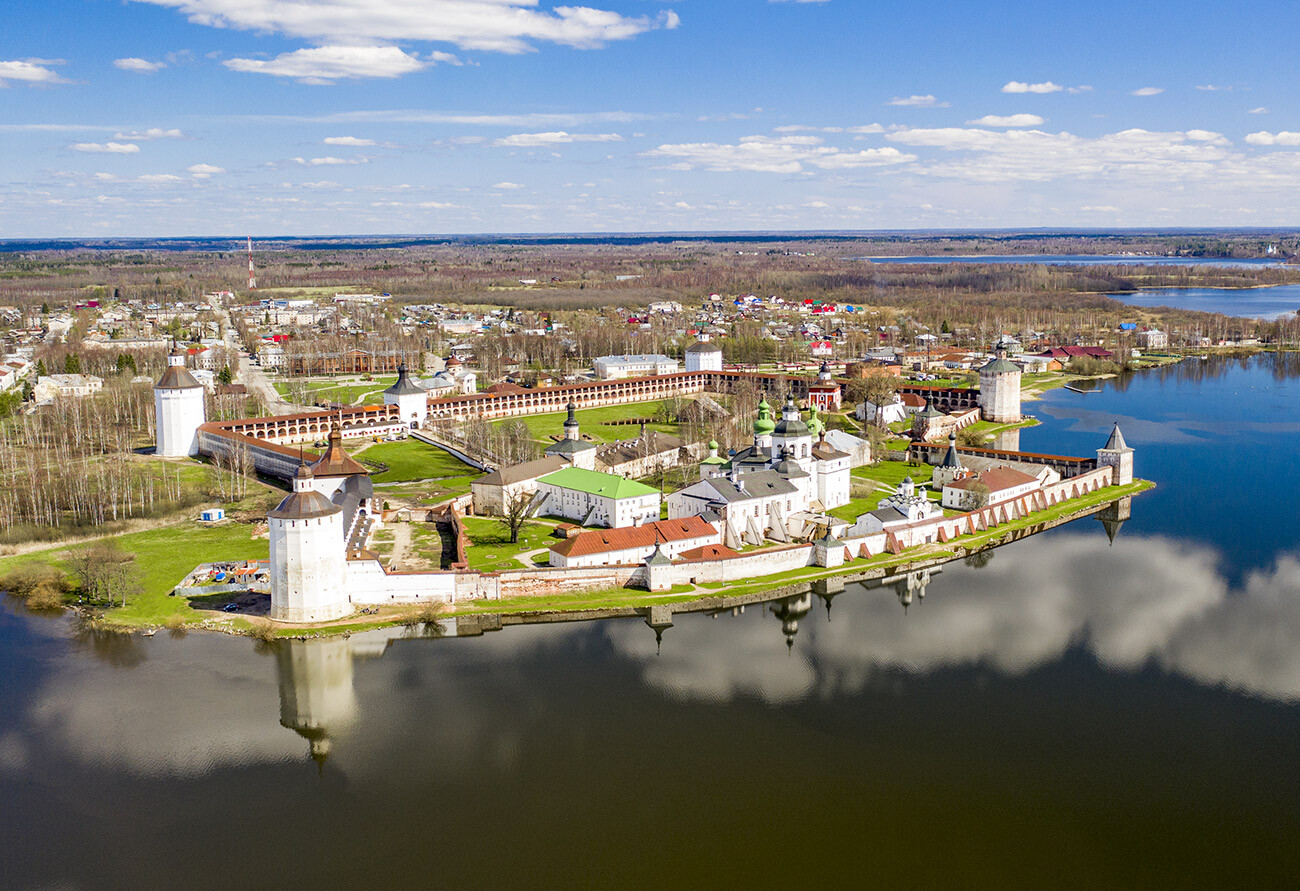
Known from the mid-9th century, Belozersk is one of the country's most ancient towns. It lies on the shores of Lake Beloye and, in Old Russian times, the trade route "from the Varangians to the Greeks" – i.e. to Byzantium – passed through these parts. Archeologists believe that Belozersk was initially located 17 km to the west by the source of the River Sheksna (where the village of Krokhino was submerged in the construction of a reservoir). Nevertheless, the city has stood in its present location from at least the 14th century and there are surviving old churches and Northern wooden houses.
Roughly 40 km from Belozersk is Kirillov, another ancient Northern town, known for its Kirillo-Belozersky Monastery.

One of the main centers of Pomor culture in Karelia, the town of Kem was founded as far back as the mid-15th century. The town itself is not large and you can walk around it in a couple of hours. From the railway station, the town can appear gray and gloomy, like a transit location rather than a place of historical significance.
The main attraction can be found on the outskirts. It is one of the few locations where one can enter a working wooden cathedral built as far back as the 1710s, as well as see pre-Revolutionary wooden houses set within the bleak Karelian landscape. As in previous times, Kem is a transit point for the Solovetsky Islands and the small Pomor villages along the White Sea (in one of them, people still use traditional fishing methods).
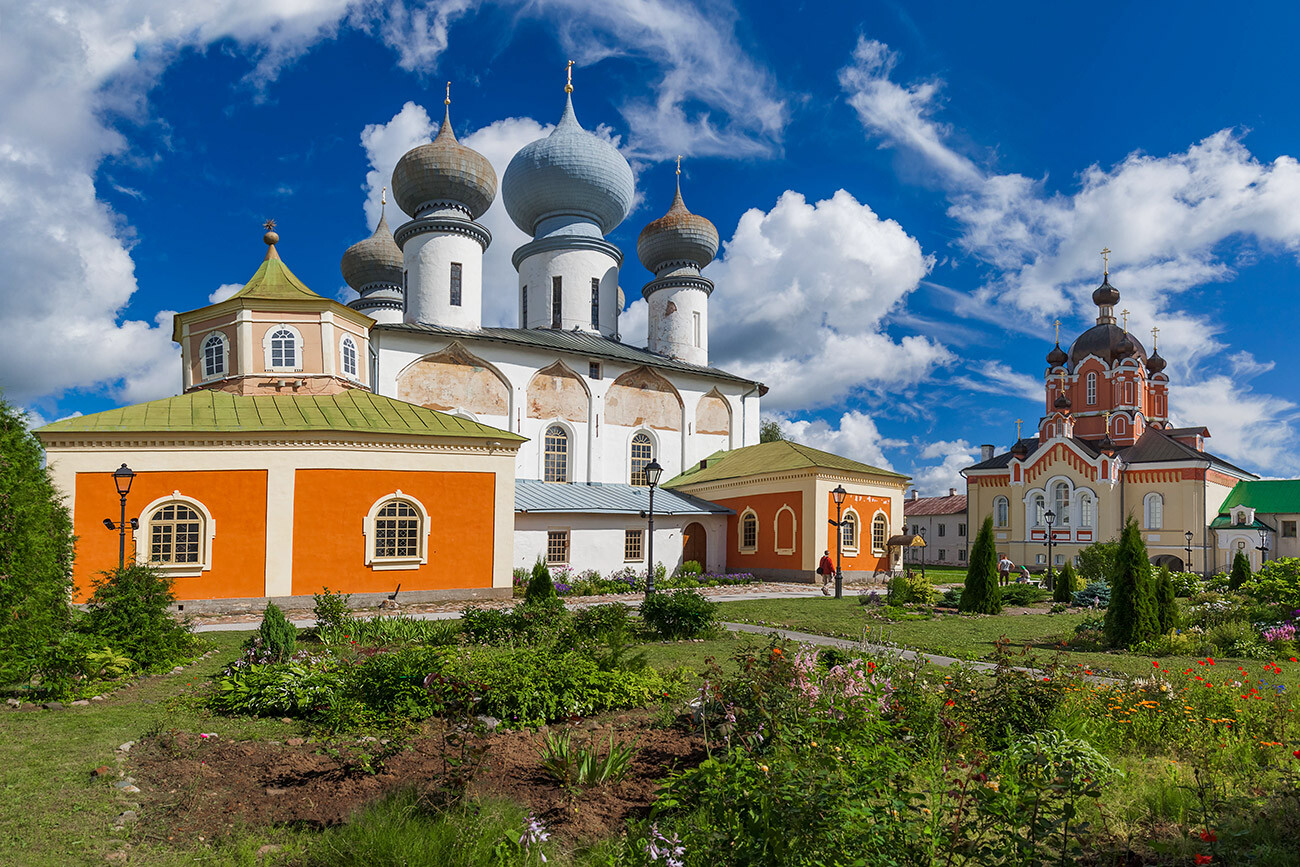
Leningrad Region, which largely consists of cities with "European" architecture (St. Petersburg, Gatchina, Vyborg), nevertheless does have a small corner of the real Russian North. Tikhvin was founded in 1383 at the intersection of waterway trade routes from the River Volga to the Baltic Sea. A railway to Arkhangelsk and Vologda still passes through it today.
The city's chief architectural landmark is the Monastery of the Dormition. Built in 1560, it houses the miracle-working Theotokos of Tikhvin icon.

Until the 16th century, Veliky Novgorod possessed vast lands extending to the White Sea and rivaled Moscow. The Novgorodians were also the first inhabitants of the Russian North. And although Veliky Novgorod itself doesn't fall within the territories of the Russian North today (because of the presence in it of later cultural features), this ancient city (from the 10th century) does offer examples of the monumental architecture of the Northern lands. They have been brought together in an open-air museum located in the former village of Vitoslavlitsy. Read more here.
Dear readers,
Our website and social media accounts are under threat of being restricted or banned, due to the current circumstances. So, to keep up with our latest content, simply do the following:
If using any of Russia Beyond's content, partly or in full, always provide an active hyperlink to the original material.
Subscribe
to our newsletter!
Get the week's best stories straight to your inbox